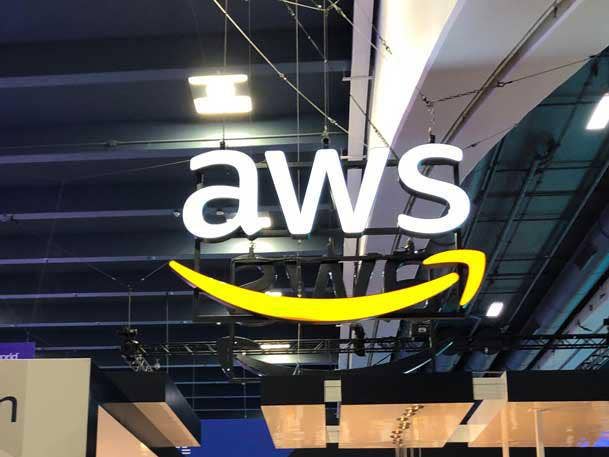AWS Graviton2 Chips A ‘Big Savings Over Intel’: Flickr CEO
The Amazon Web Services customer’s comments come as AWS releases new Amazon EC2 X2gd instances powered by its Graviton2 processors.

Amazon Web Services-designed Graviton2 processors are the “gift that keeps on giving” with “big savings over Intel,” according to Don MacAskill, CEO at Flickr and SmugMug, the online photo management and sharing platforms.
MacAskill’s comments came after AWS announced new Amazon Elastic Cloud Compute (EC2) X2gd instances powered by its Graviton2 processors that deliver up to 55 percent better price/performance for memory-intensive workloads than current-generation x86-based X1 instances, according to the cloud provider. The new instances also offer increased memory per vCPU compared to AWS’ other Graviton2-based instances, the company said.
The X2gd instances are available in eight sizes and in bare metal form.
“Love me some x2gd!” MacAskill tweeted. “We‘ve been beta testing this in production, saves us ~27.5% over r6gd, which was already a big savings over Intel. Love it. Graviton2 is the gift that keeps on giving…”
AWS’ Graviton2 performance gains come as new Intel CEO Pat Gelsinger has vowed to overcome manufacturing challenges and return the chipmaker to its “position of the unquestioned leader in process technology.” Intel could not immediately be reached for comment.
AWS launched the first instances powered by its Arm-based Graviton2 processors – the general purpose M6g instances -- in preview in 2019 before making them generally available last May. Its other Graviton2 instances include the compute-optimized C6g, C6gn and C6gd, memory-optimized R6g and R6gd, and burstable T4g instances.
AWS’ Graviton2 processors use 64-bit Arm Neoverse N1 cores and custom silicon designed by AWS, and are built using advanced 7-nanometer manufacturing technology. They allow for up to 7x more performance, 4x more compute cores, 5x faster memory and 2x larger caches than EC2 instances powered by AWS’ first-generation Graviton processors initially announced in December 2018, according to AWS. The Graviton2 processors boast 256-bit DRAM encryption and 50 percent faster per-core encryption performance.
The newest X2gd instances deliver the lowest cost per GiB of memory of any Amazon EC2 instance and support memory-intensive workloads such as in-memory databases (including Redis and Memcached), relational databases (including MySQL and PostGreSQL), data warehousing applications (Amazon Redshift) and electronic design automation, according to AWS. Customers also can bundle more memory-intensive containerized applications on a single instance to lower their total cost of ownership, it said.
“Like Don, am pretty excited about the new x2gd instances...really substantial compute savings-- driven again by graviton2 chips,” AWS CEO Andy Jassy tweeted in response to MacAskill’s tweet.
AWS services supporting AWS Graviton2-based instances include Amazon Elastic Container Service, Amazon Elastic Container Registry, Amazon Elastic Kubernetes Service, AWS CodeBuild, AWS CodeCommit, AWS CodePipeline, AWS CodeDeploy, Amazon CloudWatch, Amazon ElastiCache and Amazon Elastic Map Reduce.
The new X2gd instances initially are available in AWS’ U.S. East (northern Virginia and Ohio), U.S. West (Oregon) and Europe (Ireland) cloud regions.
SmugMug, which owns Flickr, last year transitioned its caching servers to R6gd.8xlarge instances with a simple recompile and is seeing a 33 percent price benefit and improved latency, according to Andrew Shieh, SmugMug’s director of operations.
“The large memory footprint of the new X2gd instances allows us to consolidate our caching on instances that closely match our workload, lowering our cost per instance and cost per GB of RAM by an additional 28 percent,” he said.
Jassy has said that AWS’ 2015 purchase of Israeli chip maker Annapurna Labs was a big turning point for AWS’ decision to design and build chips. Annapurna Labs serves as AWS’ chip development arm and has designed the AWS Nitro System, AWS Graviton processors, AWS Inferentia chips and AWS Trainium chips.